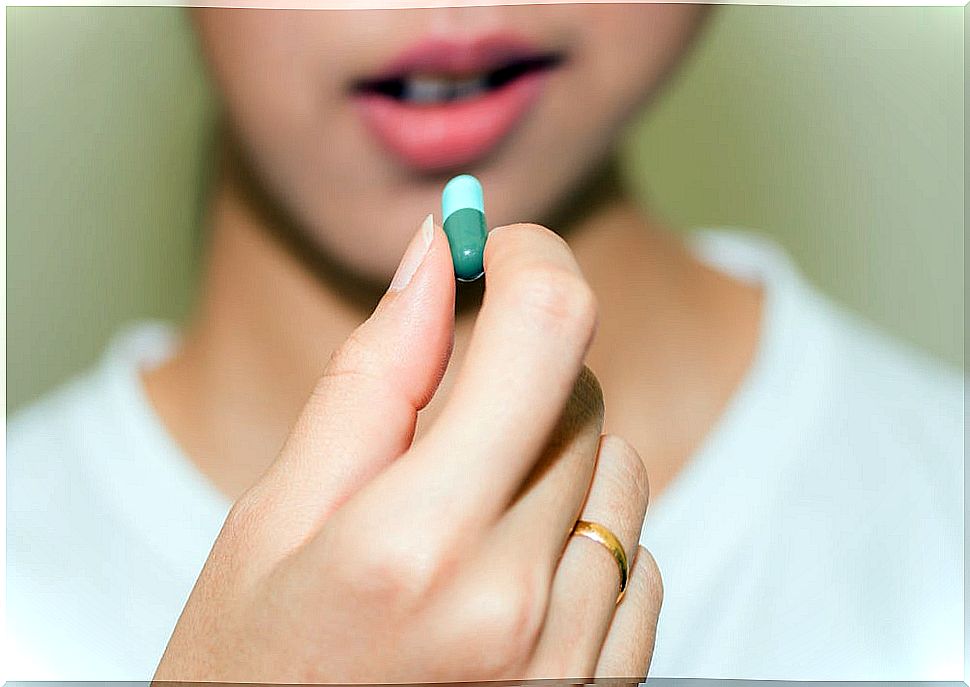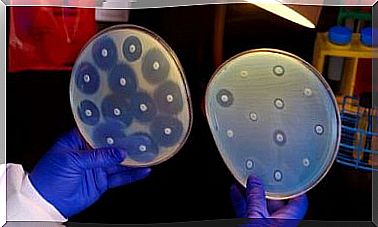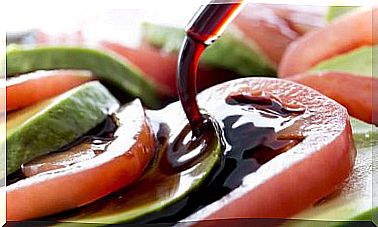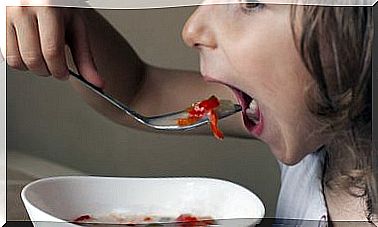Differences Between Pharmacokinetics And Pharmacodynamics
Understanding the differences between pharmacokinetics and pharmacodynamics is essential when understanding the package insert for a drug, as well as its properties and the effects it triggers in the body . Both terms are topics within a broader science: pharmacology.
Pharmacology studies the different drugs, understanding drugs as those chemical substances that in one way or another can alter the biochemical and physiological processes of the human body. Medicinal drugs are used for therapeutic or preventive purposes.
In this sense, pharmacokinetics is the study of how the body absorbs, distributes, metabolizes and excretes any drug. On the other hand, pharmacodynamics is the study of the mechanisms and effects that a drug produces once administered.
Let’s see, below, the main characteristics of each term.
Characteristics of pharmacokinetics
As we already know, pharmacokinetics is a part of pharmacology. Specifically, it studies the different processes that a drug goes through once it is administered. In this way, we can say that it studies the changes that the body produces to the drug.
The processes on which pharmacokinetics are focused are known under the acronym LADME:
- Release
- Absorption
- Distribution
- Metabolism
- Excretion
Release and absorption
The active principles are usually formulated together with other components that promote some pharmacokinetic properties. Therefore, for the effect of an active principle to take place, it is necessary that it be released from its formulation.
Once it is released, the absorption process begins. Through this process, the active principle manages to reach the blood to be distributed throughout the body and reach the different organs.

Distribution
When the active ingredient reaches the bloodstream and the heart pumps the blood, it is distributed throughout the circulation. The form in which the drug is distributed can be:
- Free-form
- Associated with plasma proteins : many drugs need to be bound to blood proteins to be transported. Once they are freed from them, they will be able to unleash their effect.
In the distribution it is important to refer to the term bioavailability, which refers to the amount of active ingredient that reaches the bloodstream once administered. In this way, a drug that has a bioavailability of 20% will leave 20 milligrams available for every 100 taken at the time of triggering an effect.
Metabolism and excretion
Metabolism is the set of chemical reactions that a drug undergoes in order to make it more soluble in water and facilitate its excretion. The organ that is normally in charge of metabolism is the liver.
Once metabolized, and therefore having undergone the relevant chemical transformations, the active principle can be eliminated through different excretion routes. The main route of excretion of drugs is the renal route, that is, through the kidney in the form of urine.
Characteristics of pharmacodynamics
We can understand that there are many differences between pharmacokinetics and pharmacodynamics. Unlike the first, pharmacokinetics studies the changes that the active principle produces in the body, not the other way around.
In pharmacokinetics, the result, intensity and duration of the effect of the active principle are studied. The relationship between the drug and its site of action is also evaluated.
For an active principle to be able to trigger an action, it is essential that it be attached to a place of action. Normally this binding site are proteins called receptors, which are found on cell walls. When activated, they trigger a signaling pathway that ends with a biological response.
On the other hand, it is also important to understand what is the mechanism of action of drugs. This refers to the way that drugs trigger the effect in the body when the active ingredient comes into contact with cell receptors.
Conclution
The differences between pharmacokinetics and pharmacodynamics are quite clear if we are clear about several concepts. If not, it is normal for both terms to be confused and make it difficult for us to understand many prospects.
Any questions you have in this regard, you can go to your doctor or pharmacist to explain the different processes well. The combination of both is what, finally, generates the therapeutic or the preventive of the drugs.









